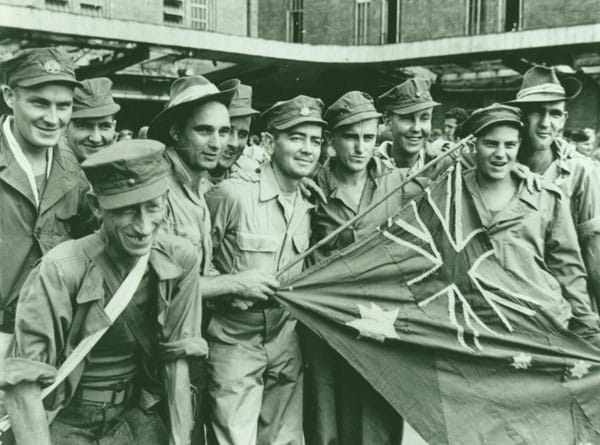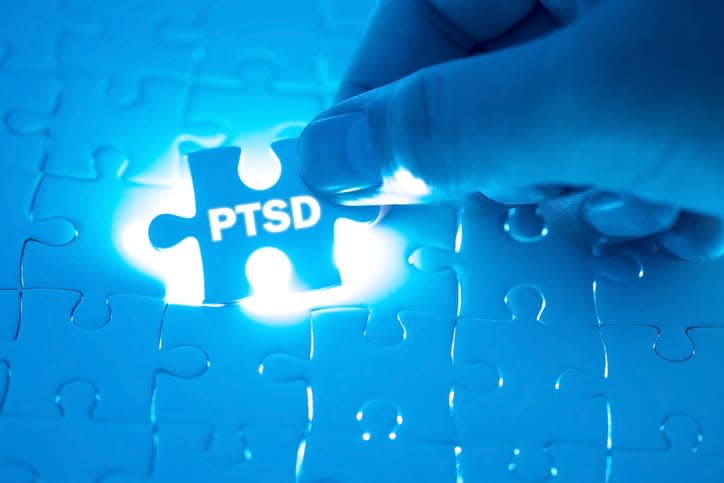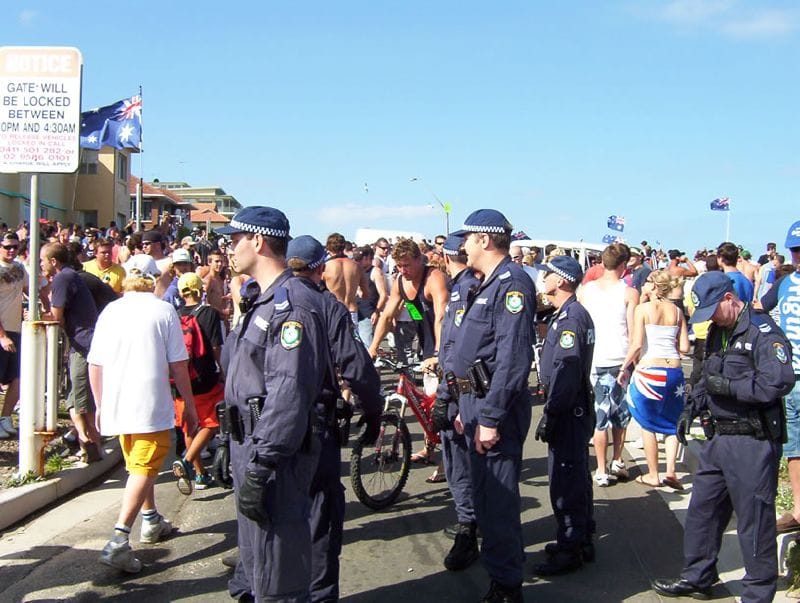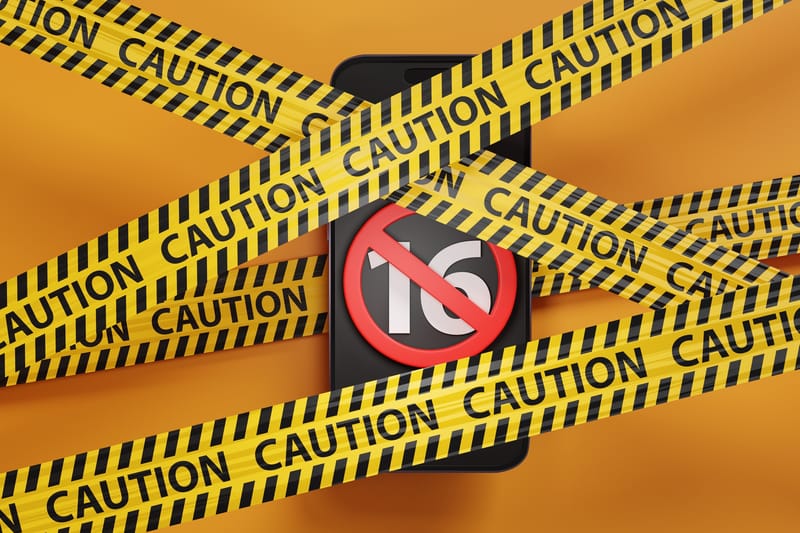
Not so long ago, young Australians questioned the value of Anzac Day.
In 1971, anti-Vietnam protesters daubed the word “PEACE” on the columns of the Shrine of Remembrance. In the early 1980s, young feminists called out “Shame” to the diggers marching down Swanston Street, and demanded that women who had been raped in war be recognised, too.
Then the nation’s sensibilities reversed, and a new generation made Gallipoli a pilgrimage site. Even those who remained anti-war expressed compassion for soldiers and their sufferings – on the front and back at home.
What changed? There was a belated recognition that the peace movement had marginalised traumatised Vietnam vets, and with that came a desire to make amends. The stories and images of the last WWI survivors also played a part. These fragile old men recalled their vulnerability as recruits, their fear in the trenches. They stripped away the bravado that had once burnished the Anzac myth.
Turning point
Monash Professor of History Christina Twomey identifies another turning point. In 1980, post-traumatic stress disorder, or PTSD, was officially recognised as a psychiatric condition. “Prior to that, the assumption that had held sway in the psychiatric literature was that if someone had become neurotic, or what we would now call traumatised, as a consequence of their experiences in wartime, it was because they carried some inherent frailty or mental weakness, some predisposition,” she says.
The new classification recognised that PTSD was triggered when a person saw or took part in events that were outside the scope of everyday experience. Anyone who had gone to war was potentially vulnerable.

Professor Twomey’s particular interest is in prisoners of war who were captives of the Japanese, and how Australian attitudes towards them has changed since the first survivors came home, emaciated and barely alive, in 1945. These men didn’t fit into mainstream Australian ideas of what it meant to be a returned soldier.
“It goes to the heart of how Anzac has been constructed in our culture,” Professor Twomey explains. “From very early on, Anzac symbolised bravery, courage, strength under fire, a good fighter, a very masculine representative of the race, a tall, well-built kind of guy.
“And if you think of that image of an Anzac, and then contrast that with the mental image of a prisoner of war – probably the most famous one is the Japanese prisoner of war who is in a loin cloth, emaciated, photographed lying down because he’s too weak to stand up.”
Some of the returned prisoners were nurses, who had also been held by the Japanese. On their return to Australia, these women received a great deal of attention and sympathy, “and that directed attention away from the masculinity of the soldiers who had been taken prisoner and been defeated”, Professor Twomey says. These remarkable women have been almost forgotten today.
Compensation refused
The returned prisoners campaigned for years to be compensated for their suffering. “First, they had a three-shillings-a-day campaign, which was what they said it would have cost the government to feed and clothe them if they had been active soldiers,” she says. That claim was twice refused by the Labor government, and then refused again by the Menzies Liberal government after an inquiry was held.
Why was such a modest claim refused? “In 1950, a government committee said we won’t compensate these people, because if we do, that will mean that in a future war they’ll have a disincentive to fight on, because they know they might get some money.”
Read more: Hope for thousands with PTSD
Eventually the POWs were allowed to apply for compensation from the Prisoner of War Trust Fund. The money came from the sale of Japanese-held assets in Australia, and from the peace treaty with Japan. Professor Twomey’s recent book, The Battle Within: POWs in postwar Australia, is largely based on the letters thousands of POWs wrote to the fund, setting out their case for compensation.
Altogether, the fund distributed the equivalent of $1 million to 200,000 people. The maximum amount that could be awarded was $500 (or £250), which, in today’s terms, was “not enough for a car, but enough for a washing machine. It might contribute something to the family exchequer, but it couldn’t transform your life,” Professor Twomey says.
“Even though there’s a recognition that participating in war, and peacekeeping missions, can have a psychological impact, there’s still not a proper way of responding to that.”
In their letters to the fund, the men described “struggles with anxiety and depression, substance abuse problems, fractured family relationships – all the kind of things that you might expect”, she says. “Dreams, flashbacks, not being able to stand crowds, wanting to be by themselves a lot. Finding it difficult to accept the authority of a boss – those kinds of things.”
She recalls being asked to give a talk on her historic research to a mental health network of carers and workers in the field, from the Department of Veterans Affairs, the Vietnam Veterans Counselling Service, and Carry On, a support organisation for returned peacekeepers. When the event ended, a Carry On delegate told her: “It’s still the same – those kinds of problems still haunt.”

Inadequate support
She’s concerned that although PTSD is now an established condition, returned soldiers don’t receive adequate support. “Even though there’s a recognition that participating in war, and peacekeeping missions, can have a psychological impact, there’s still not a proper way of responding to that.”
But she believes the biggest lesson of her research is that war experiences alone don’t define the trajectory of a person’s life. “One of the dangers we have in Australia when we focus on Anzac and on war is that we offer that as the explanation for everything that happens to somebody. And we can’t reduce people to being cardboard cut-out figures, and not take account of their social class, their family of origin, their experience of education, their opportunities.
“Because sometimes the people who seemed to me the most damaged by their war experiences were those who went into that war with a distinct disadvantage. They came from impoverished backgrounds, for instance, hadn’t had good education, or were very young when they became soldiers …
“Yes, it’s important to think about what war does to people,” she says, “but in order to really understand our national story, we need to think about what sort of society they came from in the first place. And what sort of society they returned to.”





